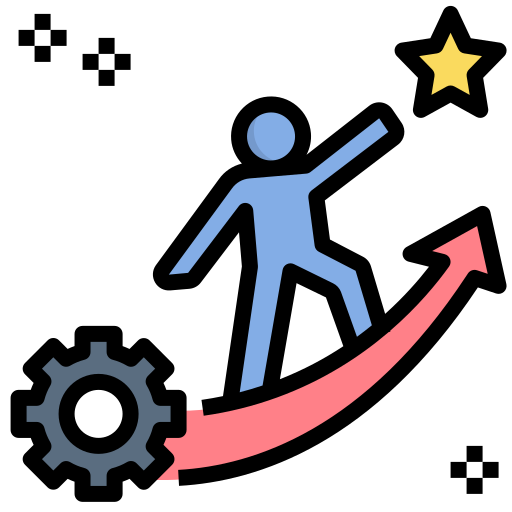During a WordPress migration, several common issues can arise, affecting the functionality and accessibility of your site. Here’s a summary of these issues and how to address them:
- Downtime During Migration: This occurs when the site is not accessible to visitors due to DNS propagation delays or incorrect URL redirection. To mitigate this, use an internal address for testing on the new host or modify the hosts file on your computer to redirect the domain to the new host temporarily.
- Losing Files: Accidentally losing files during migration can lead to significant issues. Always back up your site before starting the migration process. Use plugins like Duplicator, UpdraftPlus, or manually back up your files and database.
- Disconnected Database: A common issue when manually migrating a site, caused by a typo in the wp-config.php file. Ensure the database information is correctly entered in this file.
- Forgetting to Migrate Media Files and Other Content: This can result in missing images or content on your site. Ensure all files are included in your migration, especially if you’re moving to a new host.
- Overlooking the Need to Update WordPress and Plugins Before Migration: Delaying updates can lead to compatibility issues with the new host. Update WordPress and all plugins before migrating to avoid potential problems.
- Data Loss: Always back up your site before migrating to prevent data loss. Regular backups should be part of your maintenance routine.
- Problems with URLs in Posts: URLs in posts may stop working after migration due to pointing to the old domain. Use SQL queries to update these URLs to the new domain.
- Error Establishing a Database Connection: This error occurs when your site can’t connect to the database, often due to incorrect database credentials in the wp-config.php file. Verify the database information in this file.
- Incompatibility Issues: Ensure that the plugins, PHP version, and WordPress core version are the same on the new site as they were on the old site. Hosting-specific configurations can also cause problems.
- Broken Links or Missing Media: After migration, check for broken links or missing media. Use a broken link checker and manually review your site for missing content.
To avoid these issues, follow best practices such as notifying users about the migration, using maintenance mode plugins, optimizing your site for speed and security, and ensuring a full backup before migration. If problems arise, consult the WordPress Stack Exchange or contact support for solutions.
 Upgrade to our Managed WordPress Hosting Plans, Get a full-featured online store with fast, simple setup (Automatic installation of WooCommerce) and enjoy unlimited storage and visits per month. Our plans come with robust protection, including 1-click restoration, automatic daily malware scans, and unlimited malware removal and hack repair. SEO optimization and SSL certificates ensure your site is secure and easily discoverable. Plus, you’ll get a 1-click testing site and a full-featured online store with a fast, simple setup. With our plans, you’re not just getting a website. Explore our Managed WordPress Hosting Plans now!
Upgrade to our Managed WordPress Hosting Plans, Get a full-featured online store with fast, simple setup (Automatic installation of WooCommerce) and enjoy unlimited storage and visits per month. Our plans come with robust protection, including 1-click restoration, automatic daily malware scans, and unlimited malware removal and hack repair. SEO optimization and SSL certificates ensure your site is secure and easily discoverable. Plus, you’ll get a 1-click testing site and a full-featured online store with a fast, simple setup. With our plans, you’re not just getting a website. Explore our Managed WordPress Hosting Plans now!
WordPress F.A.Q articles
- How do I revert changes made during the WordPress staging process if something goes wrong?
- How can I create a staging site for testing the WordPress migration?
- How can I ensure a smooth WordPress transition for my users during the migration?
- What security considerations should you keep in mind during a WordPress migration?
- What should I do if the migration process encounters errors or issues?